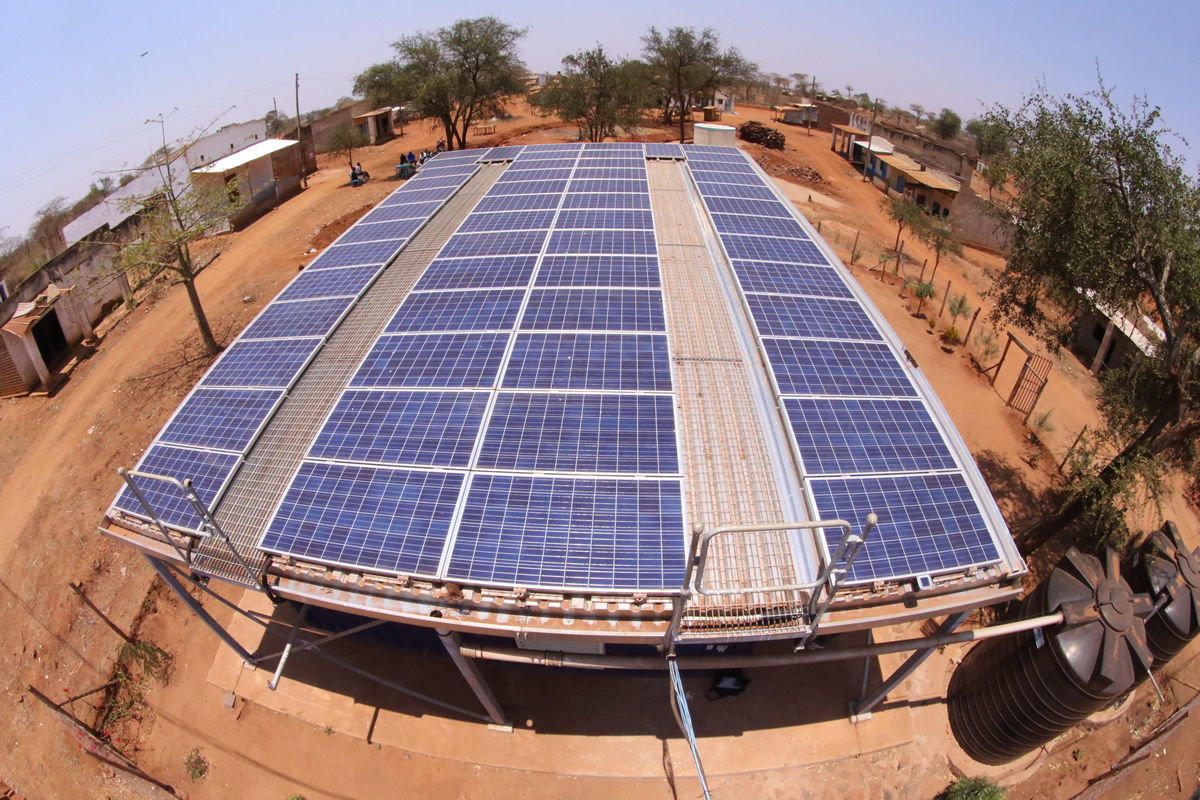The World Bank has issued a new study on the potential of microgrids / mini grids to provide energy access to 500,000 people who still live without electricity. The report, Mini Grids for Half a Billion People : Market Outlook and Handbook for Decision Makers, says that mini grids can complement extensions of the traditional grid system as well as the deployment of solar home systems in remote areas. That’s because of the falling cost of renewable energy, technology improvements and enabling regulatory policies.

Globally, at least 19,000 mini grids are installed in 134 countries, providing electricity to around 47 million people. While currently most mini grids are deployed in Asia, Africa has the largest share of planned mini grids, and is actively moving towards hybrid systems that incorporate renewable energy.
The World Bank is scaling up its support for mini grids, which were once classified as a niche energy option and are now viewed as a core solution to the global challenge of energy access. Noting that mini grids are most appropriate in situations where there is high population density coupled with moderate electricity demand, the World Bank estimates that it will take $220 billion to connect 500 million people to 210,000 mini grids by 2030. That is a major increase from current levels of investment.
Committing more than $660 million to mini grid projects in over 30 countries, the World Bank expects that commitment to leverage more than an additional billion dollars in private financing. Aside from energy access, mini grids offer important environmental improvements including reduced carbon emissions and improved air quality, according to Modern Diplomacy magazine.
HOMER Energy works with the World Bank on training, research and deployment of mini grids around the world.

Wind, solar, storage and back-up system designer for 100% renewable energy grids and microgrids with 24/7/52 power-on-demand!
http://scottish.scienceontheweb.net/Wind%20power%20storage%20back-up%20calculator.htm
Replies, comments and questions about using the Wind, solar, storage and back-up system designer at this blog link please.
https://scottishscientist.wordpress.com/2017/07/14/wind-storage-and-back-up-system-designer
Peak demand, wind, solar and back-up power / energy usage and storage capacity calculator
For the specification and design of renewable energy electricity generation systems which successfully smooth intermittent wind and solar generation to serve customer demand, 24 hours a day, 7 days a week and 52 weeks a year.
Adopting the recommendation derived from scientific computer modelling, the tables offer rows of previously successful modelled system configurations â row A, a configuration with no back-up power and rows B to H offering alternative ratios of wind and solar power to back-up power.
The recommended energy storage capacity is about 90% of one dayâs average wind and solar energy generation.
The tablesâ columns consist of power and energy variables.
A cell value can be adjusted according to the design criteria and then all the other table values will be recalculated, spreadsheet-style.
The wind and solar power generation Capacity Factor (C.F.) percentages can be adjusted too.
The energy generation percentages from wind and solar power can be adjusted, either directly or according to the latitude of the system.
A configuration text page for a row which has been adjusted and designed satisfactorily can be opened for text output by clicking on the rowâs âTXTâ icon in the âOpen text pageâ column.
The recommendations derived from modelling are only specified to 2 significant figures so take with a pinch of salt any apparently third âsignificantâ figures in the numbers output in the configuration text pages.
My 100% Renewable Energy Blog
https://scottishscientist.wordpress.com/
Thank you for your comment.